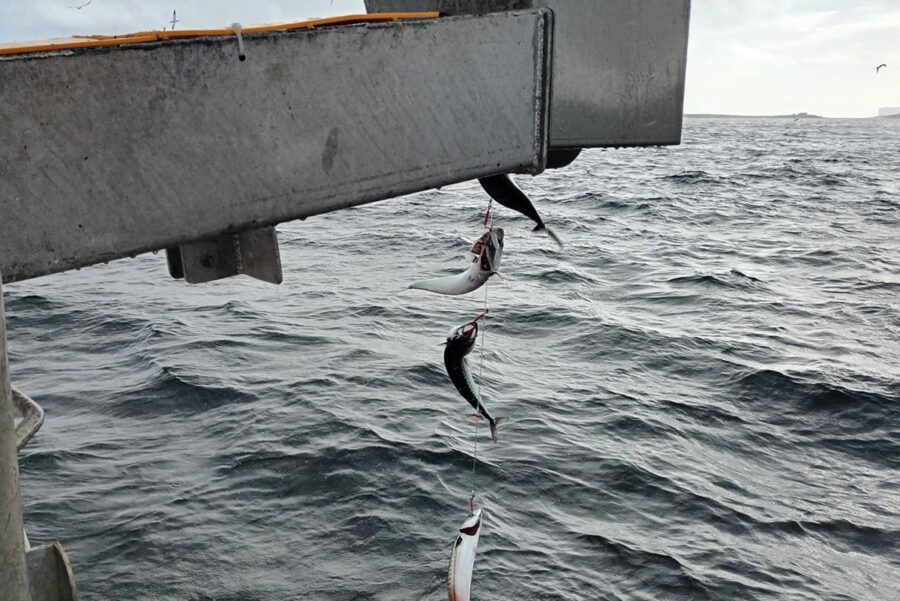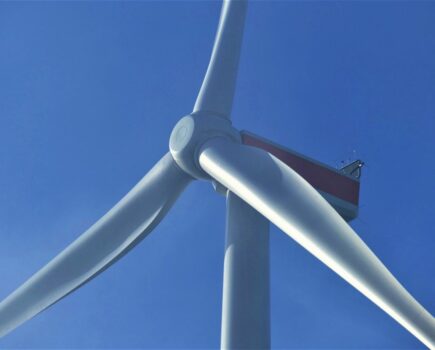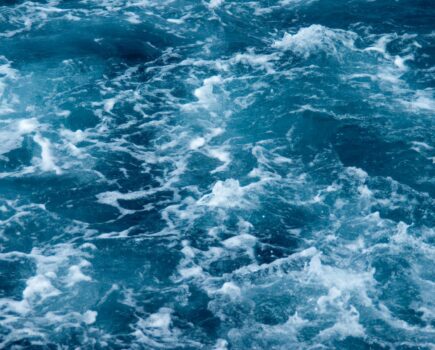The Scottish government has set out how it intends to allocate the additional quota Scotland has received as a result of Brexit. This follows a consultation that ran from November 2023 to January 2024, which offered seven different options for the share-out.
The quota distribution aligns with Scotland’s National Marine Plan, Fisheries Management Strategy and Blue Economy Vision, said the government, pointing out that it is ‘required to allocate fishing opportunities using criteria that are transparent and objective and utilise criteria relating to environmental, social and economic factors, as set out in the Fisheries Act 2020’.
The majority of the additional quota will be allocated based on the historic track record of vessels in an annually updated reference period. In 2024 this will be 2015 to 2019, and for subsequent years the reference period will advance by one year.
Smaller amounts of the additional quota will go to non- sector vessels, with increases and minimum allocations for three stocks – North Sea cod and saithe and North East Atlantic mackerel.
Additional pelagic quota received in-year as a result of quota transfer agreements with other coastal states will be allocated on an equal basis among eligible vessels, as was the case with the mackerel quota received from Norway in 2023 in exchange for Norwegian access to catch mackerel in the UK EEZ.
From 2025, additional quota for West of Scotland cod will primarily go to sectoral vessels, but will be allocated after a trial application process that if successful may be rolled out to other stocks. This will be based on environmental criteria, in particular the use of selective gear and fishing techniques with a reduced impact on the environment.
In the longer term, the Marine Directorate says it will look at the potential for community quota allocation initiatives. It will also explore whether non-compliance with fishing regulations could be used as a basis for withholding access to additional quota, as part of work to review the penalties system.
Any expansion of the application process or development of community quota initiatives will primarily utilise quota allocated in 2024 via historic track records, which would reduce quota available through this mechanism for individual records.
The package will be reviewed following the conclusion of the current Brexit Trade and Co-operation Agreement (TCA) period in 2026.
Under-10s and non-sector to benefit
In view of a high uptake in the period 2021 to 2023, the Marine Directorate confirmed that allocations of the TCA quota to under-10m vessels will be increased for North Sea cod and saithe and North East Atlantic mackerel. There will be minimum special allocations of 200t for cod, 80t for saithe and 450t for mackerel.
Current North Sea cod allocations for the under-10 fleet stand at 1t a month, a significant increase from previous years, but still one that limits many vessels. For the over-10m non-sector, however, current allocations of just 50kg a month are not even sufficient, operators say, to cover bycatch in some pot fisheries.
Existing discretion to reallocate or exchange quota where it has not been used by the non-sector will be retained, and allocations of mackerel to over-10m non-sector vessels will be unchanged.
To ‘minimise administrative delay’ on in-year quota transfers, the Marine Directorate will retain the option to allocate it on an equal basis, as per the 2023 stocks received from Norway.
In allocating the extra West of Scotland cod on environmental criteria in 2025, the Marine Directorate says it is not currently possible to make individual allocations to non-sector vessels. Only vessels in POs and quota management groups recognised by the Scottish government will be eligible to apply. Allocation in 2024 will be based on estimated track records.
Industry Reactions: ‘It’s a case of wait and see’
Davie Anderson, chief executive of the Aberdeen FPO, said the quota allocation announcement meant the industry was yet again facing more uncertainty.
Speaking after a meeting of industry representatives and officials to discuss the new measures, he said the proposals for this year are a ‘fait accompli’, but for next year and onwards, officials couldn’t say what would happen in respect of additional quota allocations.
“The only thing you can say is that they are proposing to have discussions between now and the end of the year, and industry will be involved,” he told Fishing News. “It’s still very much in debate what the landscape looks like going forward.”
He said the fact that quota would be taken off active vessels was not well received, but assurances that historic track record would be the basis for allocation in the future was a positive.
One possible downside was that people might start ‘gaming’ the system as a new period approached, he said.
Elaine Whyte, secretary of the Clyde Fishermen’s Association, said the relevant aspect of the plans for the inshore sector was the reference to community quota schemes – but that support for the inshore fleet was needed more urgently.
“We need to look at the community quota scheme in the shorter term, because there is an urgency about the inshore sector. I keep saying that there’s a tipping point, and I’m feeling a real despondency in the inshore fleet – but I don’t know if anyone’s listening.
“There are a lot of restrictions on the inshore fleet, and there have to be some kind of benefits as well to keep them going.”
She said another crab and lobster creel boat had been lost because of the 11-week Clyde cod box closure that ended in April, which the skipper had not been able to survive. He had been hoping to start a young person from Campbeltown to help him, so two jobs had gone.
“There’s a lack of diversification options for the inshore fleet, and it doesn’t feel as if that’s really getting through, because we continue to see boats depleting every year, and we don’t see policies to encourage the inshore sector. There’s increasing restrictions and conservation measures, and less and less opportunity. We don’t have a long-term option for the inshore fleet, to be realistic.
“And it’s not just the Clyde – a lot of areas are at an infrastructural tipping point.”
Hannah Fennell, head of the Orkney Fishermen’s Association (OFA), echoed the importance of infrastructure. She told FN: “OFA welcomes any increased opportunity for inshore fishermen. Diversification of our opportunities is key from both an economic and an environmental perspective.
“However, to make the most of these opportunities we also need to see investment in our pierside infrastructure and help to access new markets.”
This story was taken from the latest issue of Fishing News. For more up-to-date and in-depth reports on the UK and Irish commercial fishing sector, subscribe to Fishing News here or buy the latest single issue for just £3.30 here.
Sign up to Fishing News’ FREE e-newsletter here.








